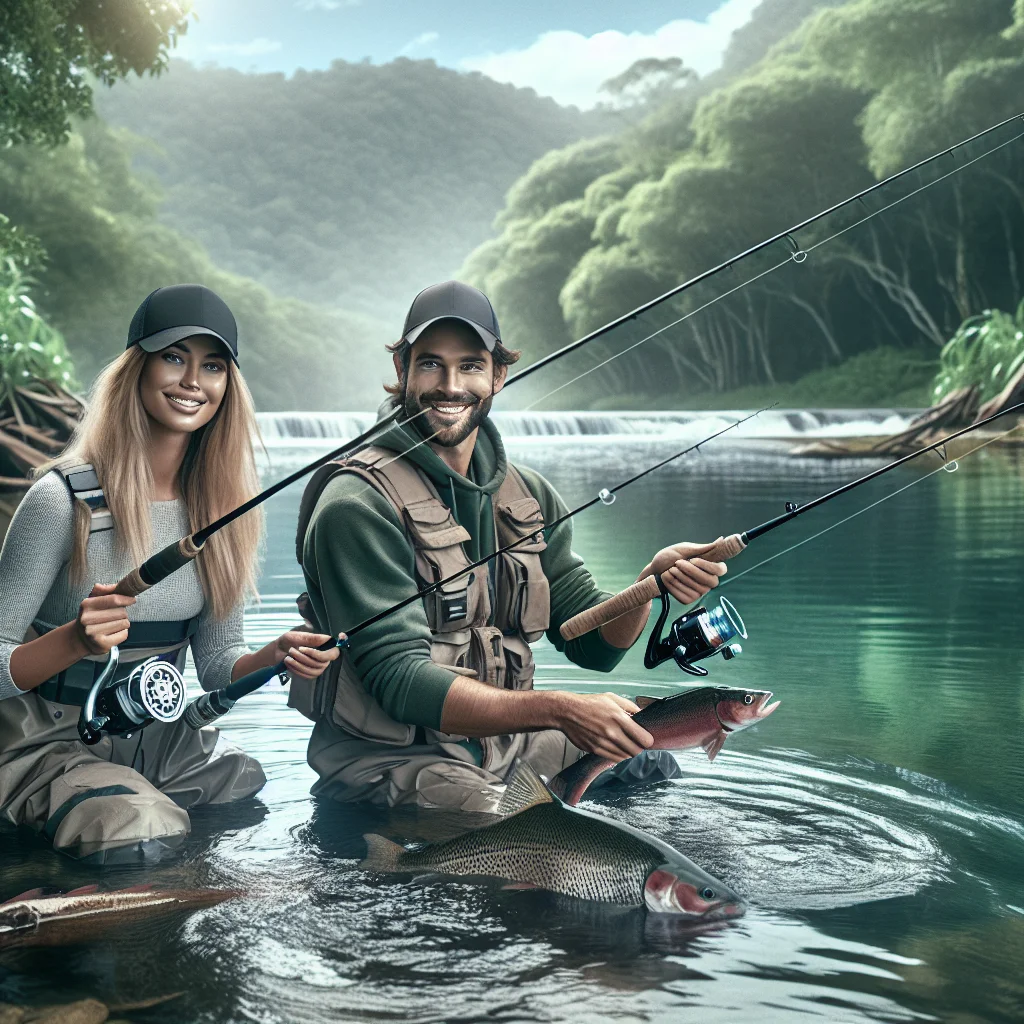Innovative Sustainable Fishing Practices for Modern Anglers
April 22, 2025

Fishing is more than just a leisurely pastime; it's an opportunity to connect with nature and appreciate the beauty of aquatic environments. However, as anglers, it's also our responsibility to ensure that we are preserving these environments for future generations. This article delves into innovative sustainable fishing practices that not only enhance your fishing experience but also contribute positively to our planet.
Understanding Sustainable Fishing
Sustainable fishing refers to methods and practices that maintain fish populations and the broader ecological balance of aquatic habitats. This approach takes into account the long-term health of fish stocks, the impact on marine ecosystems, and the social and economic health of fishing communities. As fish enthusiasts, adopting sustainable practices is essential to ensure that fishing remains viable and enjoyable for generations to come.
Selective Fishing Techniques
One of the key tenets of sustainable fishing is the adoption of selective fishing techniques. This includes methods that minimize bycatch and target specific species while allowing others to thrive. For instance, using circle hooks for catch-and-release fishing is a prime example. Circle hooks reduce the chances of gut hooking fish, increasing their likelihood of survival after being released.
Additionally, practicing size and species regulation helps maintain population balances. Many regions have specific regulations about the size of fish that can be kept, which encourages anglers to release smaller or breeding-size fish, allowing them to contribute to the population.
Emphasizing Catch and Release
Catch and release is a widely promoted practice in the fishing community. This method not only enhances the thrill of the catch but also serves as a essential tool for conservation. Techniques to ensure the survival of fish post-release include:
- Minimizing Air Exposure: Keep the fish in water as much as possible during handling to minimize stress.
- Using Wet Hands or Gloves: If you must touch the fish, ensure your hands are wet to protect the fish's slime coat.
- Proper Unhooking Practices: Use pliers or a hook removal tool to quickly and safely remove hooks.
Educating fellow anglers about the importance of catch and release can amplify the impact of this practice, fostering a culture focused on conservation.
Habitat Protection and Restoration
Sustainable fishing isn't limited to the methods used while on the water. Protecting and restoring habitats where fish thrive is equally critical. Here are some initiatives to consider:
- Participating in Local Conservation Efforts: Many organizations organize clean-up initiatives and habitat restoration projects. Participating in these efforts strengthens local ecosystems.
- Promoting Riparian Buffers: These vegetated areas along waterways help filter pollutants and provide essential habitats for aquatic life. Advocating for their preservation or restoration can enhance local fisheries and bolster biodiversity.
- Supporting Marine Protected Areas (MPAs): These designated zones restrict certain types of fishing or other activities, allowing ecosystems to recover and flourish.
Utilizing Eco-Friendly Gear
Advancements in fishing gear technology have led to more eco-friendly options that minimize environmental impact. Choosing sustainable gear not only reflects your commitment to conservation but can also improve your fishing experience. Some innovations include:
- Biodegradable Fishing Lines: Look for fishing lines made from biodegradable materials that break down over time, reducing long-term pollution in aquatic habitats.
- Recycled Fishing Gear: Some companies produce rods, reels, and tackle from recycled plastics, reducing waste and promoting circular economy practices.
- Eco-Friendly Baits: Using natural baits or biodegradable alternatives can reduce the ecological footprint of your fishing practices, promoting healthier aquatic ecosystems.
Community Involvement and Education
Engaging with fellow anglers and the broader community fosters awareness and commitment to sustainable fishing practices. Organizing workshops, participating in fishing clinics, or sharing educational content on social media can help spread the word about eco-friendly practices. Collaboration with local schools and organizations can create programs that teach children and adults about the importance of preserving aquatic environments and responsible fishing.
Conclusion
Adopting sustainable fishing practices is a vital step every angler can take towards preserving the beauty and biodiversity of our aquatic ecosystems. By employing selective fishing techniques, emphasizing catch and release, protecting habitats, utilizing eco-friendly gear, and fostering community involvement, we can enjoy our fishing experiences while ensuring the health of our environment. As stewards of the water, let us embrace these practices for a sustainable and picturesque future.
Back